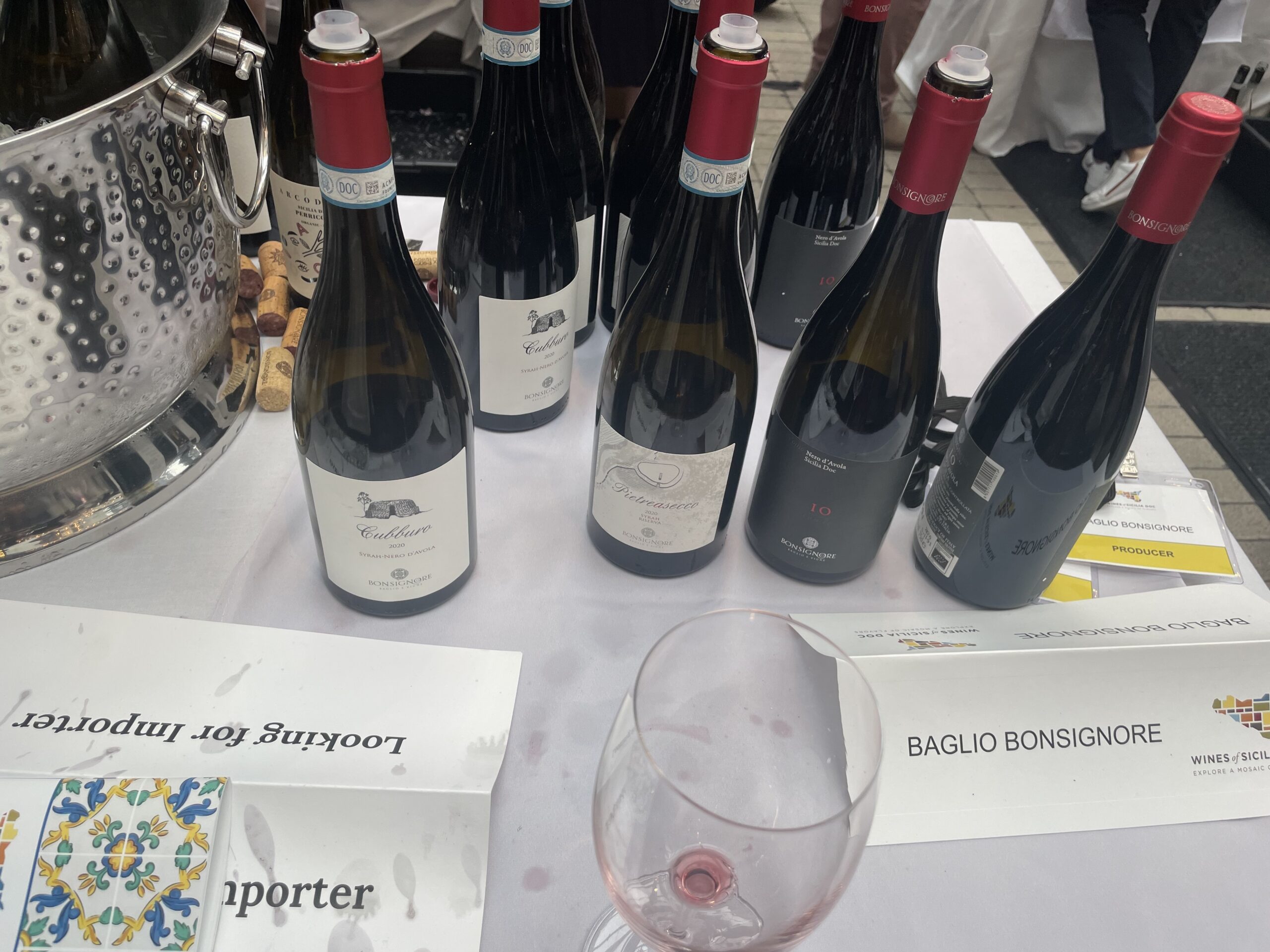NEW YORK CITY 6/14
Touring the Sicilian Wine Tasting, set in south Soho’s infamously quaint n stylish NOMO Hotel on Crosby st, I learned a whole lot. For starters, I was reminded that Sicily boasts an exquisite range of wines thanks to its topographical variations and prime Mediterranean climate. Known for its vibrant and unique flavors, the island has a long and rich history of grape cultivation, and its wines have become increasingly popular in recent years.
Treading sea paths and whispering whimsically to the other tasters, about travel, books, fashion and spirituality, windmills of delight—humans carouseled around the grapevines exquisitely-fractal.

With the sun still well-out, I decided to start with the white wines. Remarkably Mineral and Fresh, apparently the soil reaches limestone, which counteracts the warmth and imbues it with ‘a good acidity and structure’. Bellifolli in particular “synthesizes the character and the contrasts of Sicily and the Sicilians: the beauty and the moments of folly, the light and the shade, the sea in turmoil and the warm sirocco breeze.” Valle dell’Acate is matriculated by Gaetana Jacono, her father Giuseppe, and siblings Antonio and Maria Gabriella, aiming to “foster a continuous search for increased quality, from grapevine to cantina, paying particular attention to the soil, landscape, and overall harmony”. Fractyllizing the elements at play, Wine does just that: merges nature, art, history. Melding memories from morals, stories, and regrets, it acts as a whirlpool.
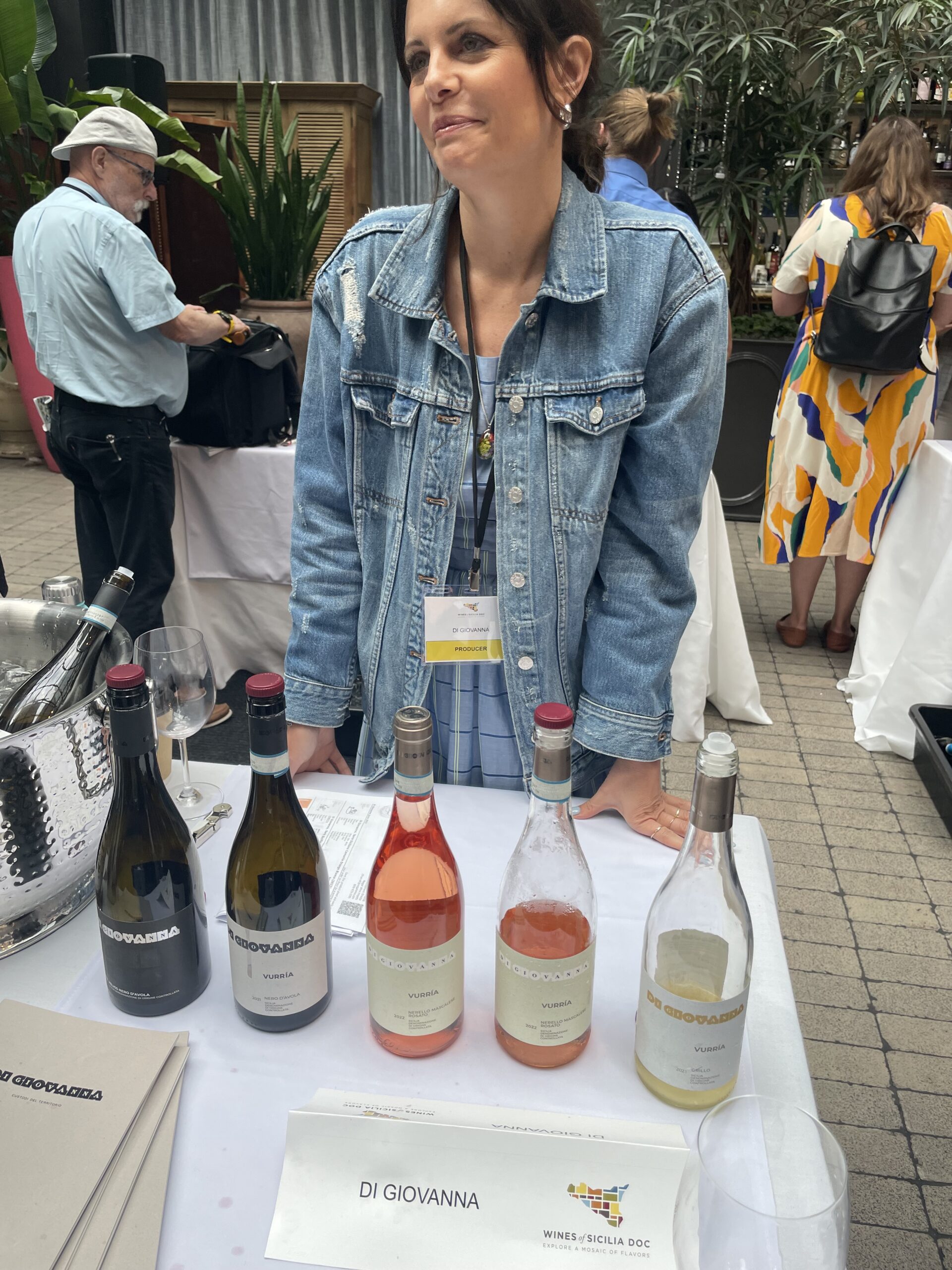 .
. 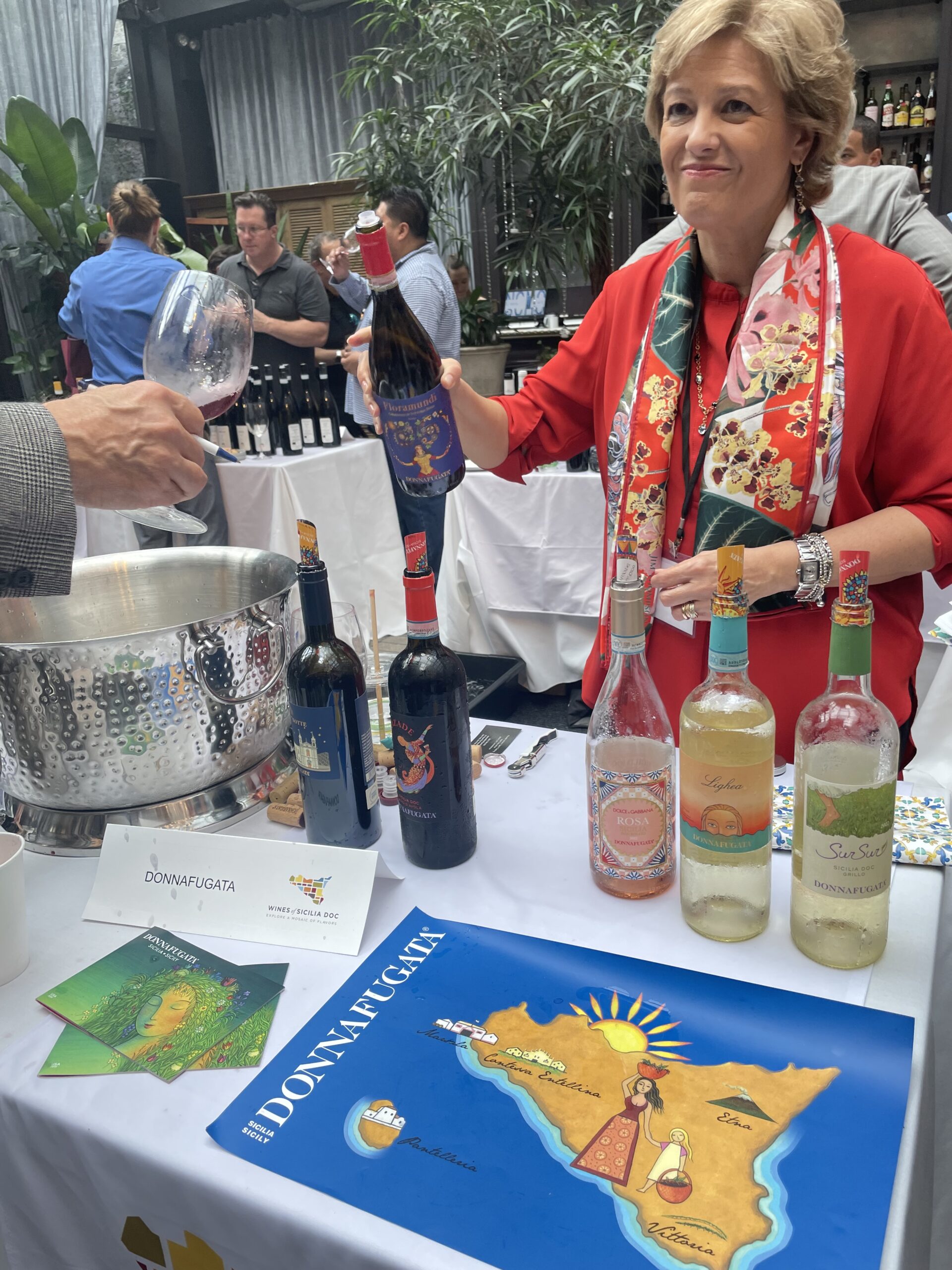
“More PH Balanced than normal, and warmer—that is the marker of Sicilian Wines” -Ryan F.
Moving onto the reds, Stemmari really wowed me with the Smoky Red. Primarily composed of the Nero d’Avola grape, it is aged in oak barrels, thereby imbuing it with strands of smoke and spice. Present, are also notes of dark fruit and chocolate, rendering it piano-DJ for rich meats and savory dishes. Medium body with a smooth finish, it’s also great choice for the casual rendezvous, gala, or formality. Di Giovanna, Donna Fugata, and the delectable Vinni Giovanni Dindo, produced in Valpolicella since 1958, are also supremely robust and pleasant on the palate.
AND THEN arrived the serious question: Steel or oak barrels, really?


Steel = complex; Oak = complexity.
OAK ages wines with spice, caramel, clove, cedar, nutmeg, cinnamon, and vanilla notes. Stainless steel acts neutrally. Enabling the wine to ferment without the spices, ‘you get the truest expression of the grape.’
So, the question remains: why use stainless steel barrels in the first place?
Here are the reasons:
- Steel is more durable than oak which need to be replaced every few years. Moreover, harvesting for oak barrels isn’t sustainable or good for the environment. The acid in the wine deteriorates the wood rapidly, thereby increasing demand for more wood.
- Stainless steel barrels are reusable and easier to clean. Monetary savings are notable when investing in steel barrels.
- Steel aged wines taste better when flavors get to linger, coalesce, and evolve. Steel-aging encrypts wines with their own fruity freshness and aroma over time, like a mirror.
- For perfectionist winemakers, stainless steel barrels do neutralize the TRUE flavor of the grape, allowing it to blossom whole. Ideal for those with little affection for spice or flavor…
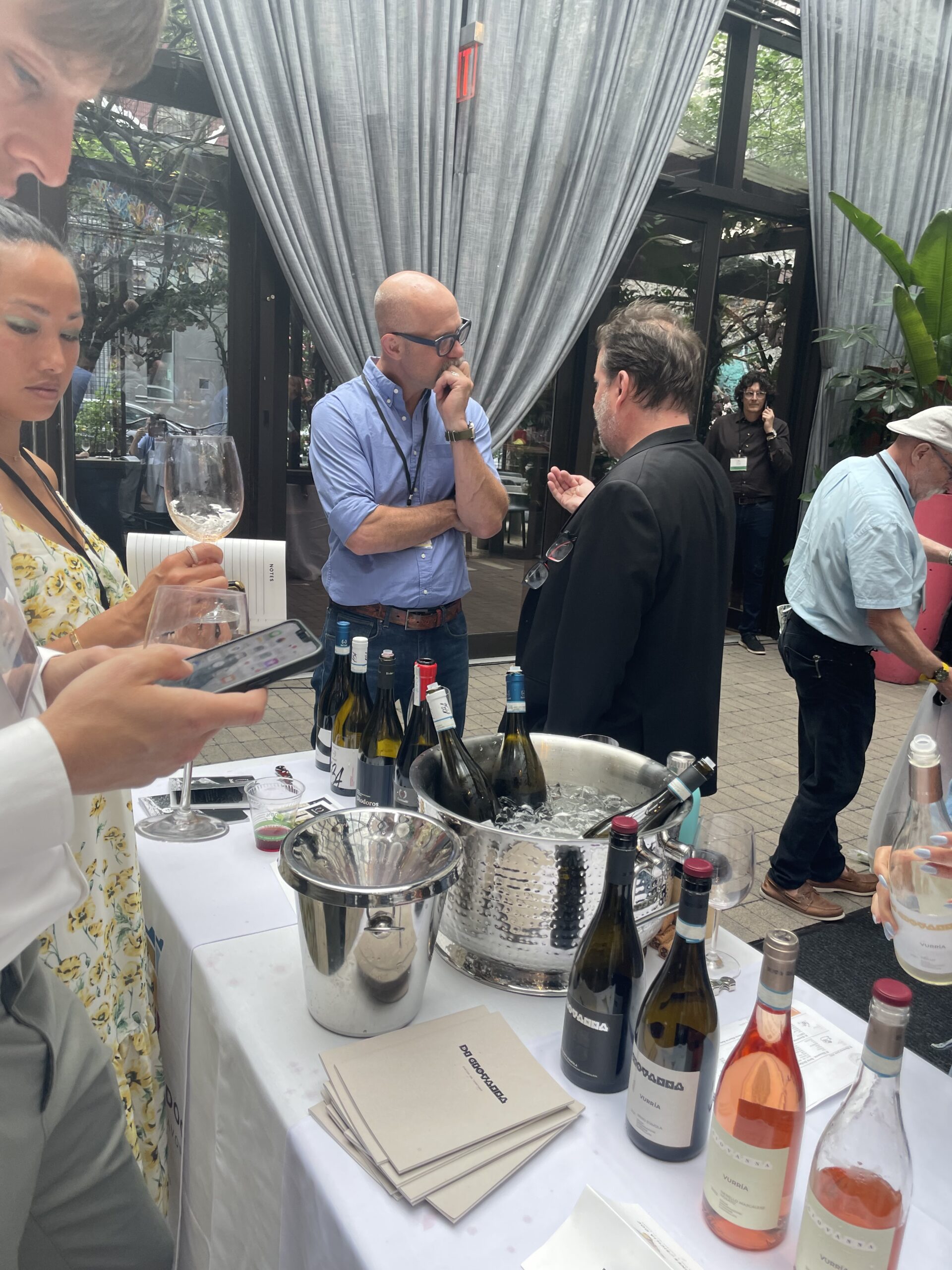
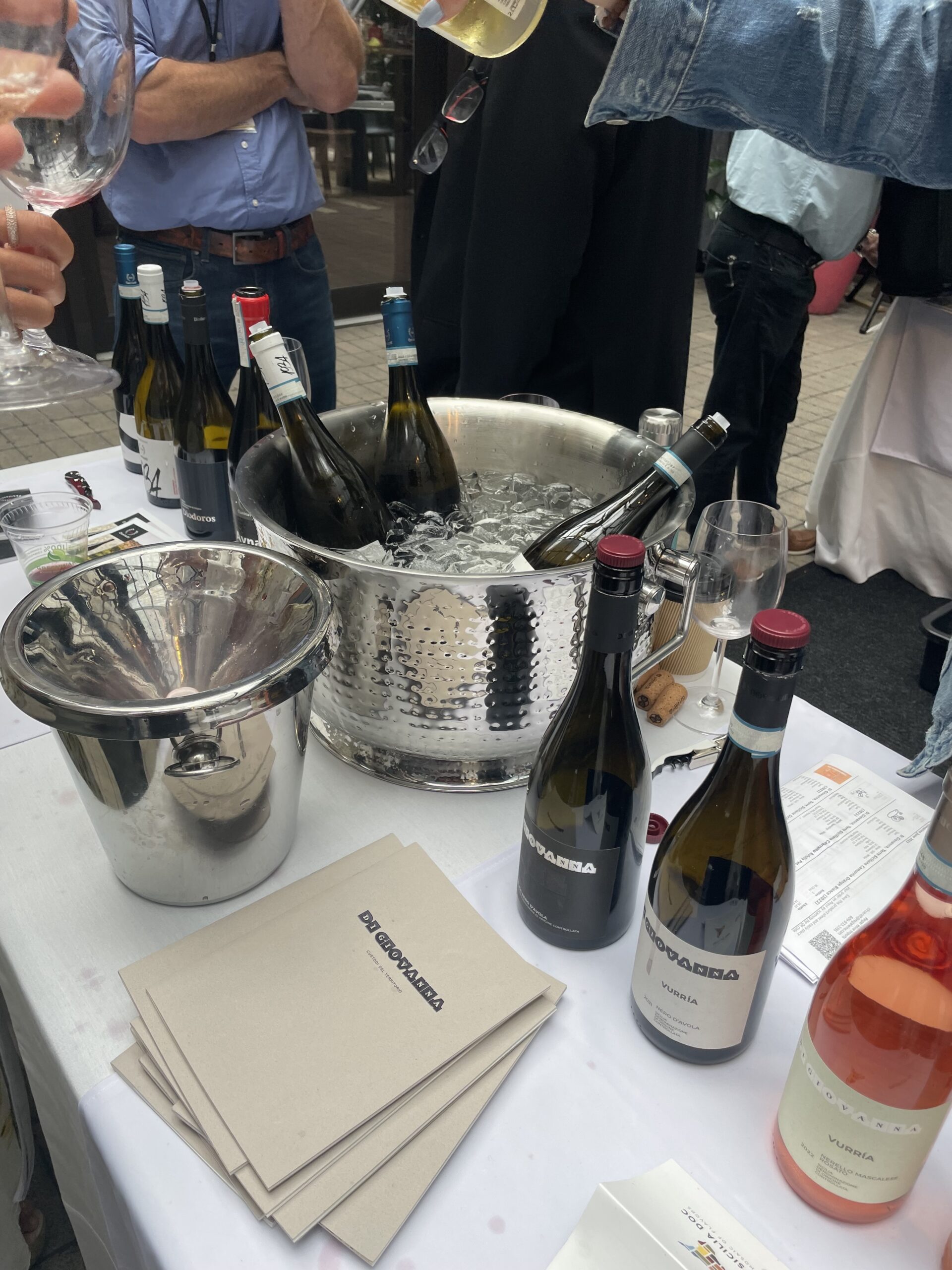
“Aging in stainless steel is neutral, it adds nothing more to wine than a container to hold it as it evolves and matures before bottling.”
Winemakers assert steel enables grape varietals to emerge naturally, and without the contrived influence of wood. That is of course, if you have invested faith in your grape, and withhold no aim to adjust its character using wood chips, oak staves, or even liquid oak concentrate during fermentation to adjust its personality.


